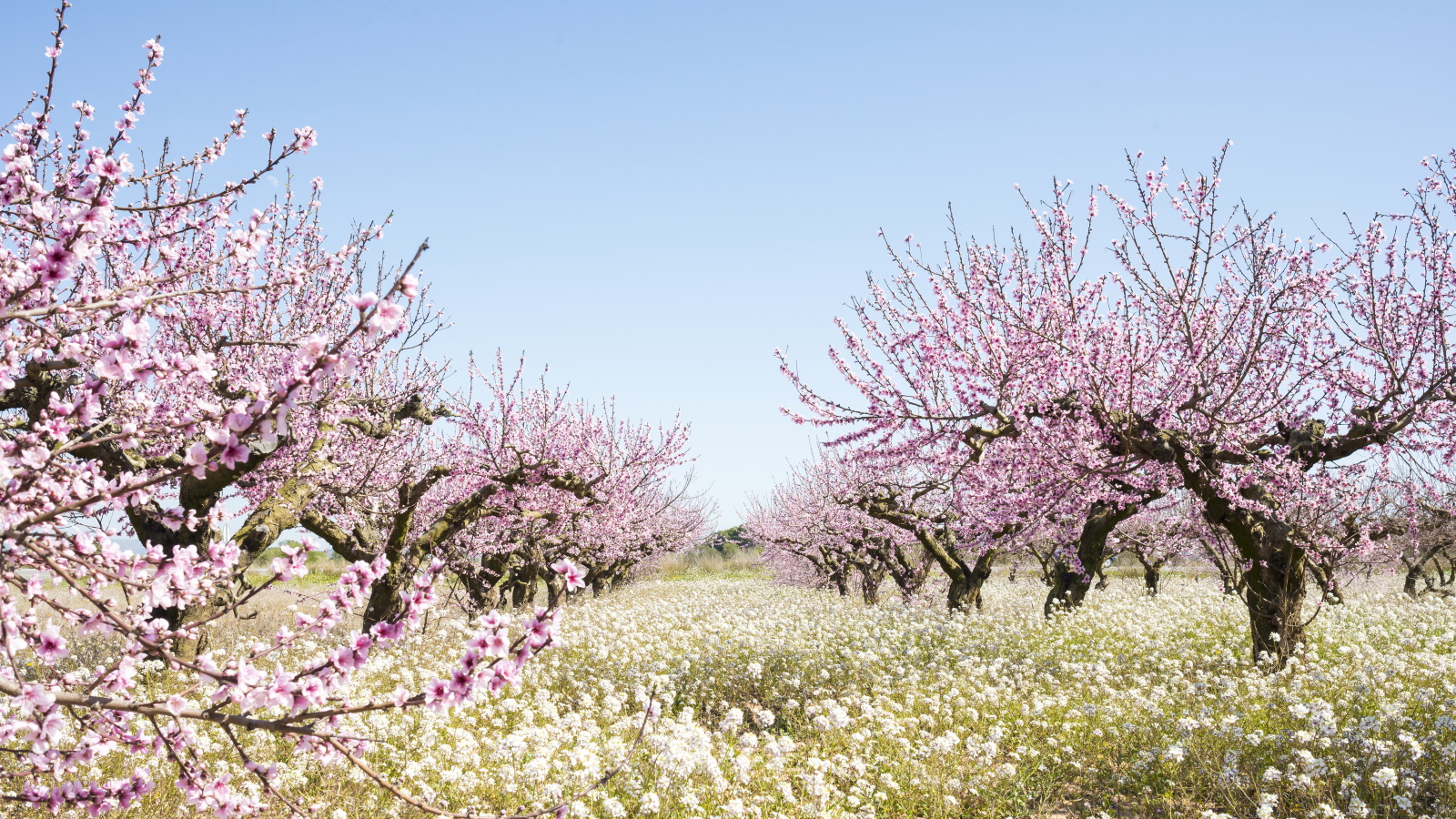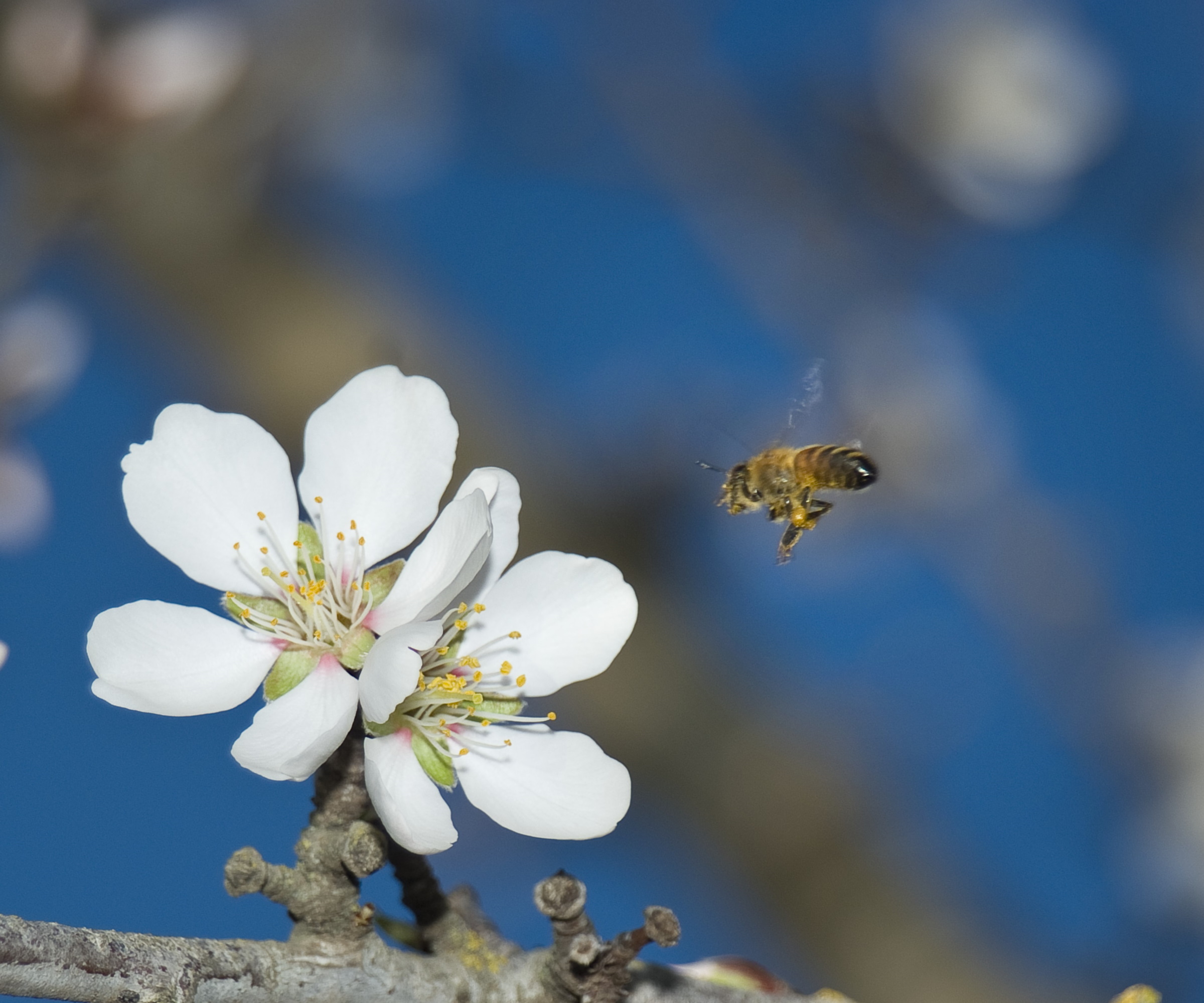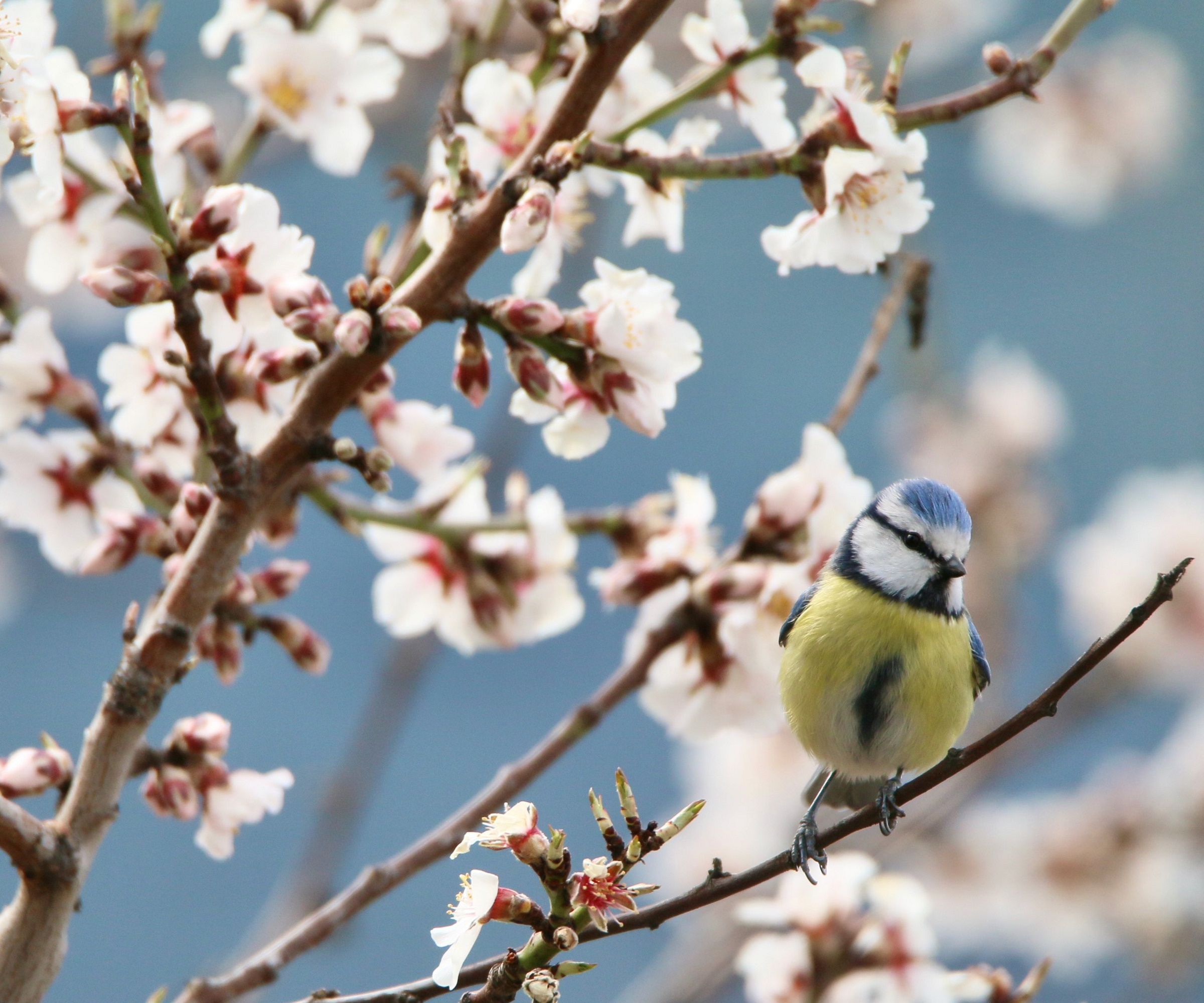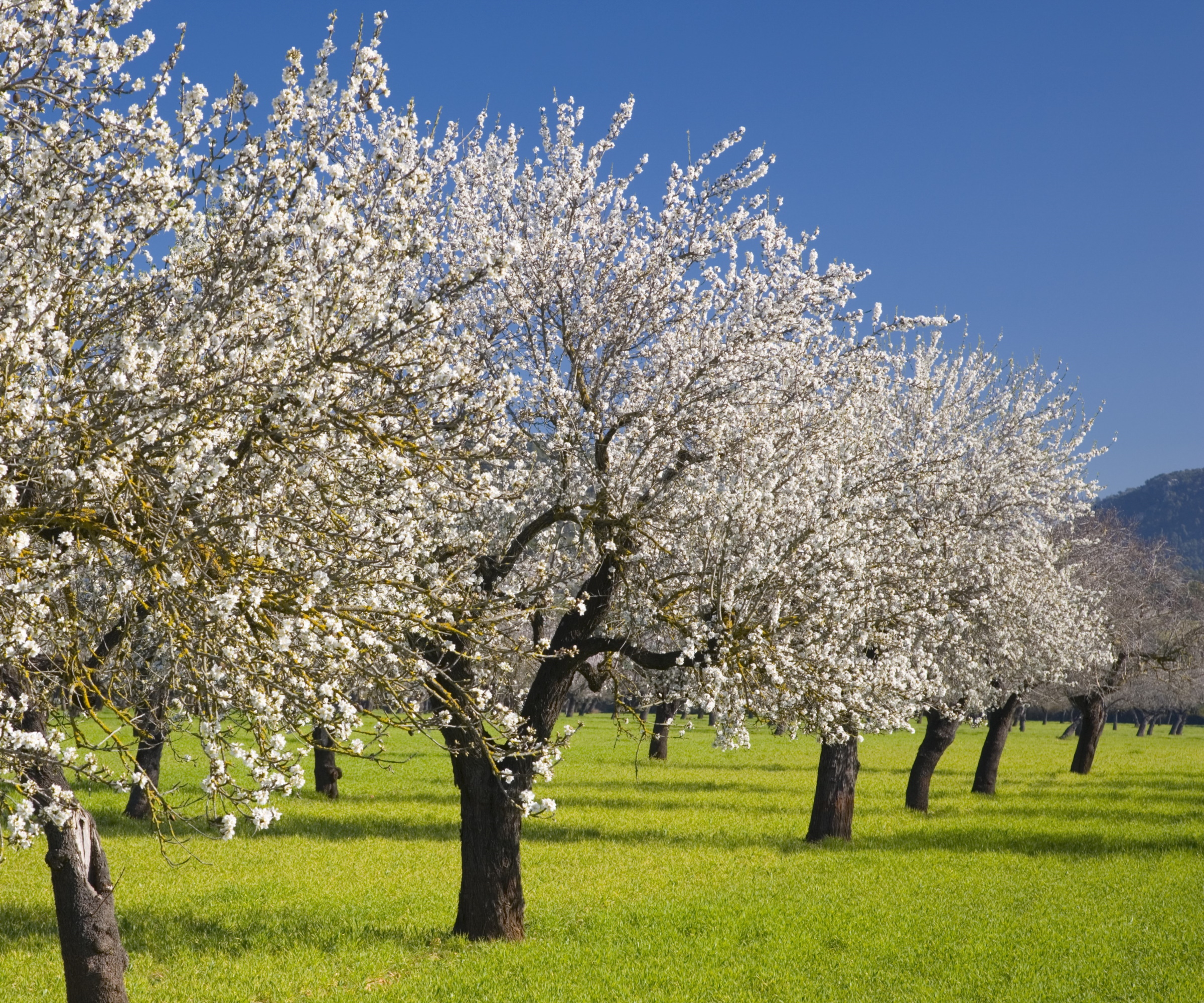
The flowering almond, with tree blossom that can rival even the famed cherry, is soon to have its moment in the sun. Each year the blossom of the flowering almond tree, Prunus dulcis, fills the Californian countryside, and to see it blossom on mass is a spectacle to behold.
Whilst you might think that grapes or avocados are California's biggest agricultural export, it is surprisingly almonds, with almond orchards occupying over one million acres of growing land across California, according to the US Department of Agriculture.
Whilst the production of almonds is an important and valuable agricultural export for The Golden State, the blossom of these vast orchards has rightly gained a deserved reputation in recent years, with both locals and tourists traveling to see the blossom - or 'valley snow', as it known - up close.
Read on to discover when and where to see almond blossom this year.

Where to see almond tree blossom
Each year the blossom of the flowering almond tree, Prunus dulcis, paints the Californian countryside pink and white. The blossom clouds seen in almond orchards captivates onlookers.
When is almond tree blossom season?

The typical peak season of almond blossom is from mid-February to mid-March in California. During this time, the many trees found in the orchards of The Golden State burst into life, displaying outstanding white and pink flowers.
The blossom of almond trees is produced on last year's growth, so whilst the flowers bloom at this time of year, each tree will begin to form buds from the end of the summer the year previous.
If you are looking to catch the almond blossom at the best time, it is a good idea to do some research online a few days before your visit. Whilst many consider the last week of February and the first week of March to be peak flowering time, it can change, depending on numerous factors such as the weather.
Searching the social media accounts of Californian almond orchards will alert you to any changes in the blooming schedule.
Where to see almond tree blossom?

With hot and dry summers and cool and wet winters, California's Central Valley is the ideal place for almond trees to thrive. 'Almond trees grow well in US hardiness zones 7 - 9 and will perform best in areas with long, hot and dry Mediterranean-style summers,' says Fern Berg, tree expert and founder of Tree Vitalize.
Almond trees need a cold winter to 'break their dormancy,' Fern continues, to trigger the start of the blooming process. As temperatures dip, the trees are alerted that winter is underway, and late winter is the time to produce the famous blossom.
Many of the destinations that tick these boxes can be found in California's Central Valley. Modesto, for example, has more than 100,000 acres of almond orchards that paint the landscape pink and white. Other famed areas to see these trees include Durham, to the north of the Valley, and Dixon, found only a 30-minute drive from the state capital, Sacramento.
Visitors must ensure that they are allowed to enter and walk across almond orchards. It is best to contact almond orchards before your visit, who will be able to direct you and advise on visiting.
Whilst not a fruit producing specimen, Prunus glandulosa 'Rosea Plea', is an attractive double-flowering, dwarf almond that can be grown in even the smallest yard. The pink, vibrant blooms are sure to brighten up any outdoor space in the springtime.
FAQs
Do flowering cherry trees bloom at the same time as almond trees?
Both almond and cherry trees are part of the Prunus genus, belonging to the Rosaceae plant family. Almond trees tend to flower in February and early March, often thought of as the first fruit tree to bloom. Cherry trees tend to flower later, often in the last weeks of March and early April. Blossoming times will vary between US hardiness zones.
Almond blossom paints the Californian countryside pink and white during late winter, and this event is something to behold. Why not try and grow your own almond tree at home, adding colorful blossom to your yard that will help early-to-rise pollinators, humming with bees and insects on sunny days.







